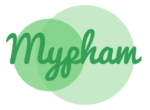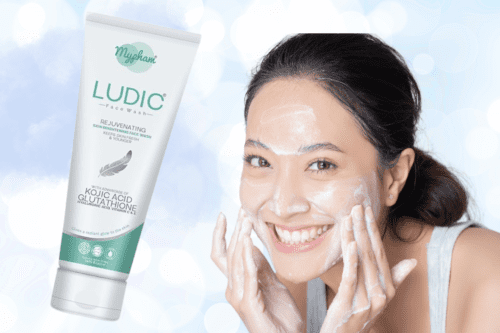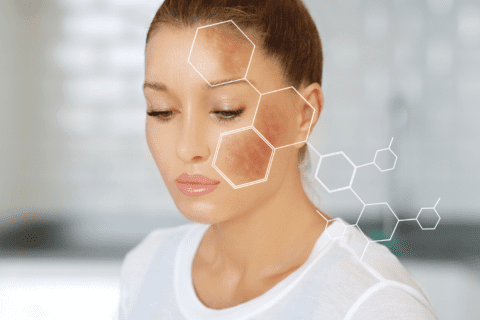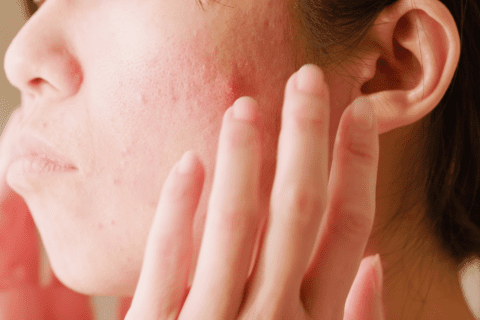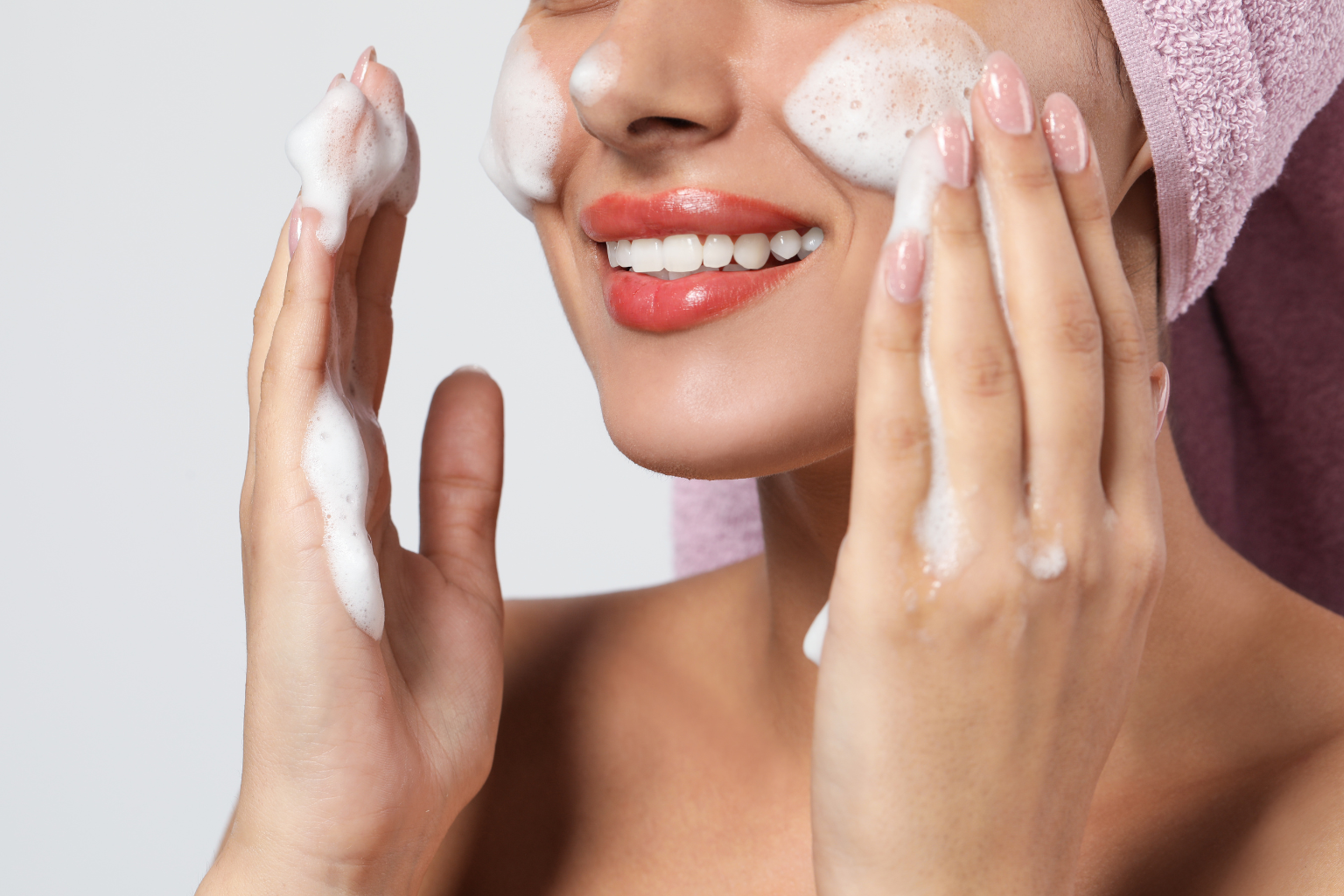
Can I Use Cleansing Milk Instead of Face Wash – Skin Solutions
If you’re someone who pays attention to skincare, you’ve likely encountered various products promising to cleanse, hydrate, and rejuvenate your skin. Among these, cleansing milk and face wash are two popular options. But what exactly are they, and can one be used interchangeably with the other?
Introduction to Cleansing Milk and Face Wash
Before diving into whether you can swap one for the other, let’s understand what cleansing milk and face wash are and how they differ.
Cleansing milk is a gentle, creamy cleanser formulated to remove dirt, makeup, and impurities from the skin’s surface without stripping away its natural oils. It typically contains moisturizing ingredients like oils, glycerin, or botanical extracts, making it suitable for dry or sensitive skin types.
On the other hand, face wash is a foaming or gel-based cleanser designed to deeply cleanse the skin by removing excess oil, dirt, and bacteria. It often contains ingredients like salicylic acid or benzoyl peroxide, making it suitable for oily or acne-prone skin types.
Understanding Cleansing Milk
Cleansing milk works by emulsifying impurities on the skin’s surface, allowing them to be easily wiped away without causing irritation. It nourishes the skin while cleansing, leaving it feeling soft and hydrated. Cleansing milk is particularly beneficial for those with dry or sensitive skin, as it doesn’t strip away the skin’s natural moisture barrier.
Might You Like – Does Coconut Oil Remove Dark Circles?
Understanding Face Wash
Face wash, on the other hand, is formulated to penetrate deeper into the pores to remove excess oil, dirt, and bacteria that can lead to breakouts. It typically lathers up upon contact with water, providing a thorough cleanse that leaves the skin feeling refreshed. Face wash is best suited for oily or acne-prone skin types, as it helps to control sebum production and prevent blemishes.
Can I Use Cleansing Milk Instead of Face Wash?
While both cleansing milk and face wash serve the purpose of cleansing the skin, they have different formulations and target different skin concerns. Whether you can use cleansing milk instead of face wash depends on various factors, including your skin type, specific needs, and personal preferences.
If you have dry or sensitive skin and are looking for a gentle cleansing option, cleansing milk may be a suitable alternative to face wash. Its hydrating properties can help soothe and moisturize the skin without causing irritation.
However, if you have oily or acne-prone skin and are concerned about excess oil and breakouts, face wash may be more effective in thoroughly cleansing the pores and controlling sebum production.
When to Use Cleansing Milk
Cleansing milk is ideal for use in the morning or as the first step in a double cleansing routine in the evening. It can effectively remove makeup, sunscreen, and impurities accumulated throughout the day without stripping the skin of its natural oils.
When to Use Face Wash
Face wash is best used in the evening as part of your nightly skincare routine to remove dirt, oil, and other impurities that have built up on the skin’s surface throughout the day. It helps to unclog pores and prevent breakouts, leaving the skin clean and refreshed.
How to Use Cleansing Milk
To use cleansing milk, start by dampening your face with water. Then, apply a small amount of cleansing milk to your fingertips and gently massage it onto your skin in circular motions. Rinse thoroughly with lukewarm water and pat your skin dry with a soft towel.
How to Use Face Wash
Using face wash is similar to cleansing milk. Begin by wetting your face with water, then apply a pea-sized amount of face wash to your fingertips and lather it up. Massage the foam onto your skin, focusing on areas prone to oiliness or breakouts. Rinse thoroughly with lukewarm water and pat your skin dry.
Choosing the Right Product for Your Skin
When selecting between cleansing milk and face wash, consider your skin type and specific concerns. If you have dry or sensitive skin, opt for a gentle cleansing milk that will hydrate and soothe your skin. For oily or acne-prone skin, choose a face wash with ingredients like salicylic acid or tea tree oil to help control excess oil and prevent breakouts.
Common Misconceptions
There are some misconceptions surrounding the use of cleansing milk and face wash. One common myth is that cleansing milk is not effective at removing makeup or impurities, which is untrue. Another misconception is that face wash will dry out the skin, but with the right formulation, it can cleanse without stripping away essential moisture.
Expert Recommendations
Dermatologists and skincare experts often recommend using both cleansing milk and face wash as part of a comprehensive skincare routine. Double cleansing, which involves using a cleansing oil or balm followed by a water-based cleanser like cleansing milk or face wash, can effectively remove all traces of makeup, sunscreen, and impurities without compromising the skin’s barrier function.
Alternatives to Traditional Cleansing Methods
In addition to cleansing milk and face wash, there are other skincare products and routines to consider. Micellar water, cleansing balms, and oil cleansers are popular alternatives that offer different textures and benefits for various skin types.
The Importance of Consistency
Regardless of which cleansing method you choose, consistency is key to maintaining healthy, radiant skin. Establishing a daily skincare routine that includes cleansing, moisturizing, and protecting your skin from the sun can help prevent premature aging and maintain a clear complexion.
Conclusion
In conclusion, while cleansing milk and face wash serve similar purposes, they have different formulations and are best suited for different skin types. Whether you can use cleansing milk instead of face wash depends on your individual needs and preferences. Ultimately, incorporating both products into your skincare routine can help achieve optimal results.
FAQs
Can cleansing milk replace face wash entirely?
While cleansing milk can effectively cleanse the skin, it may not provide the deep pore cleansing that face wash offers, especially for oily or acne-prone skin.
Will cleansing milk clog my pores?
Cleansing milk is typically non-comedogenic, meaning it won’t clog pores. However, individuals with acne-prone skin should still choose products formulated for their specific concerns.
Can I use face wash after cleansing milk?
Yes, using a water-based cleanser like face wash after cleansing milk can provide a thorough cleanse without over-drying the skin.
Is it safe to use cleansing milk and face wash together?
Yes, incorporating both cleansing milk and face wash into your skincare routine, known as double cleansing, can effectively remove makeup, sunscreen, and impurities without stripping the skin.
Can I use cleansing milk if I have oily skin?
While cleansing milk is generally more suitable for dry or sensitive skin types, individuals with oily skin can still benefit from its hydrating properties, especially during colder months or as part of a double cleansing routine.
